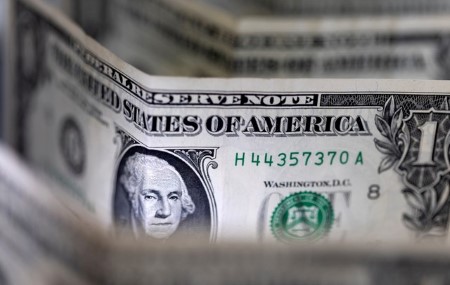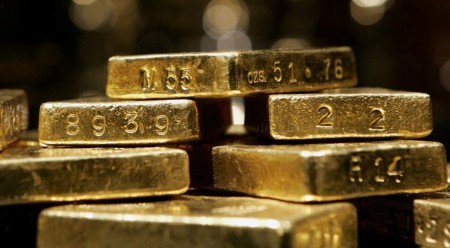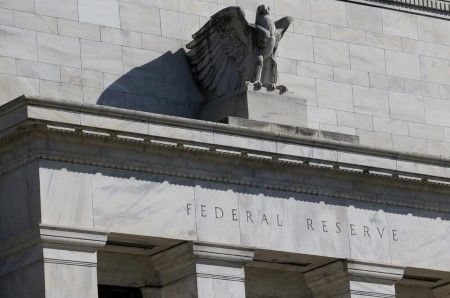HONG KONG, Aug 10 – China and Hong Kong shares ended higher on Thursday, reversing losses in early trading, as the lifting of a pandemic-era ban on outbound group tours boosted airline and travel-related stocks and helped improve sentiment.
** China’s blue-chip CSI 300 Index climbed 0.21%, while the Shanghai Composite Index gained 0.31%. Both indexes snapped three consecutive sessions of losses.
** Hong Kong’s Hang Seng Index inched up 0.01%, rebounding from a two-week low seen earlier on Thursday.
** CSI Tourism Thematic Index rose 2% on news that effective on Thursday, group tours can resume on key markets such as the United States, Japan, South Korea and Australia in a potential boon for their tourism industries.
** Shanghai-listed Air China rose 4.86%, while Hong Kong-listed shares of Trip.com gained 2.71%.
** Energy and oil stocks also rose, with CSI Energy Index rising 2.12%. Yankuang Energy jumped 5.54% to hit a two-week high.
** Still, China’s faltering recovery and high youth jobless rate also capped the gains in key indexes. The state media reported on Tuesday that almost half of Chinese graduates are ditching mega-cities and returning to their home towns after graduation due to a sagging job market.
** Consumer discretionary-related stocks dropped 0.64%.
** The Hang Seng Mainland Properties Index fell 2.08% after property developer Country Garden failed to make USD 22.5 million in coupon payments due earlier this month, and as investors remained sceptical if the debt-laden sector could turn around soon.
** China Unicom 0762.HK rose 3.28% after it reported first-half net profit rose 13.1% to 12.4 billion yuan, and added 5.3 million new mobile subscribers, highest first-half net addition in four years.
** The market is also awaiting US July Consumer Price Index (CPI) data due later in the day, which is expected to show a slight year-over-year acceleration.
** “As the US Federal Reserve’s rate hike cycle is nearing an end, for the third quarter I’ll expect the HSI to find support at the 18,500 level,” said Linus Yip, chief strategist at First Shanghai Securities.
(Reporting by Georgina Lee; Editing by Rashmi Aich and Varun H K)







 DOWNLOAD
DOWNLOAD










